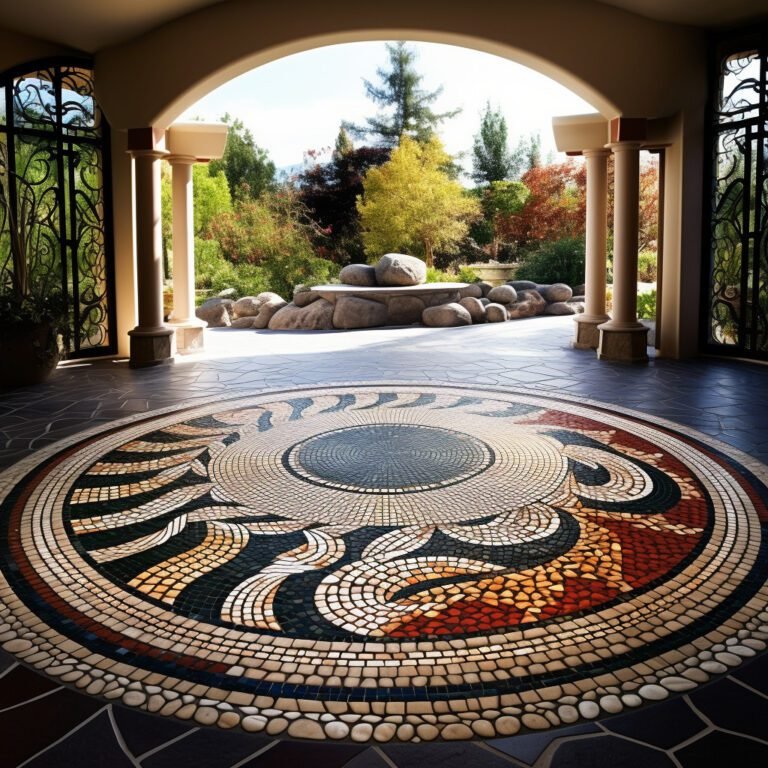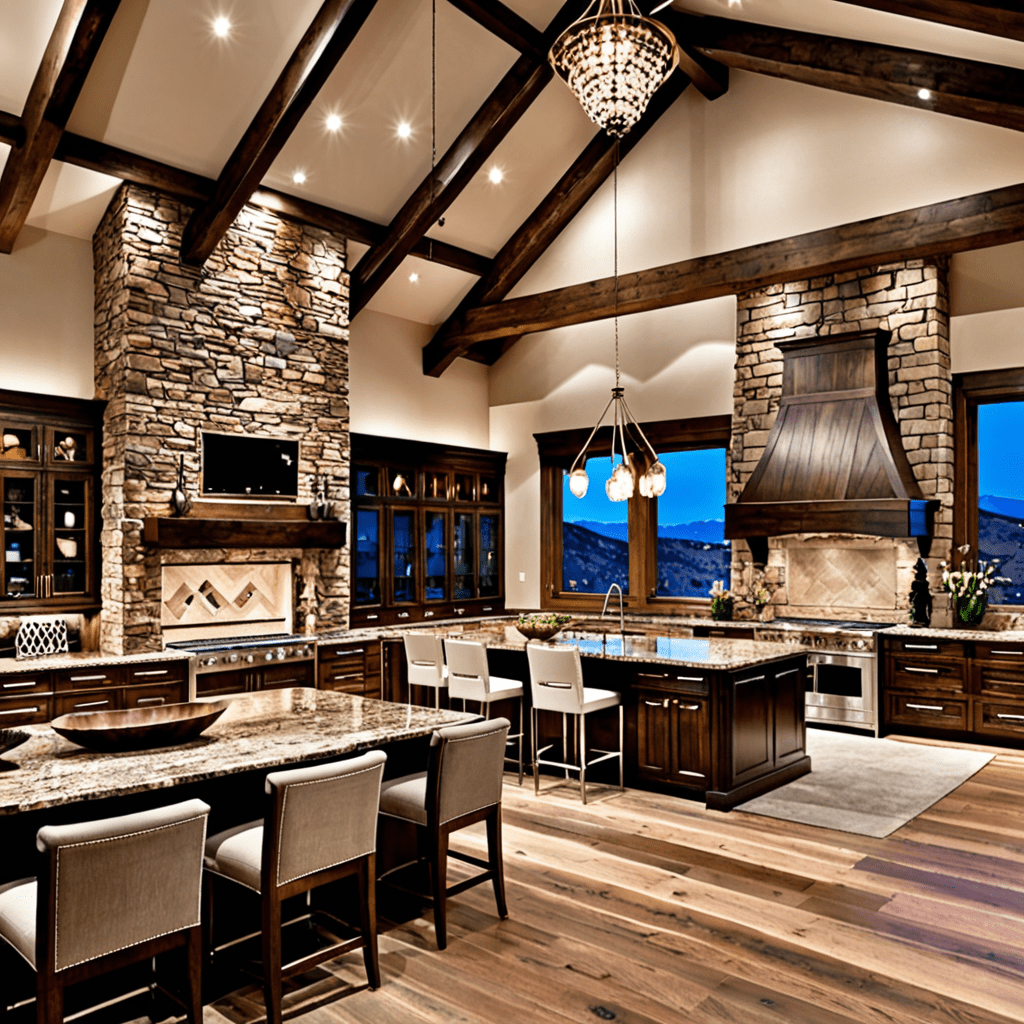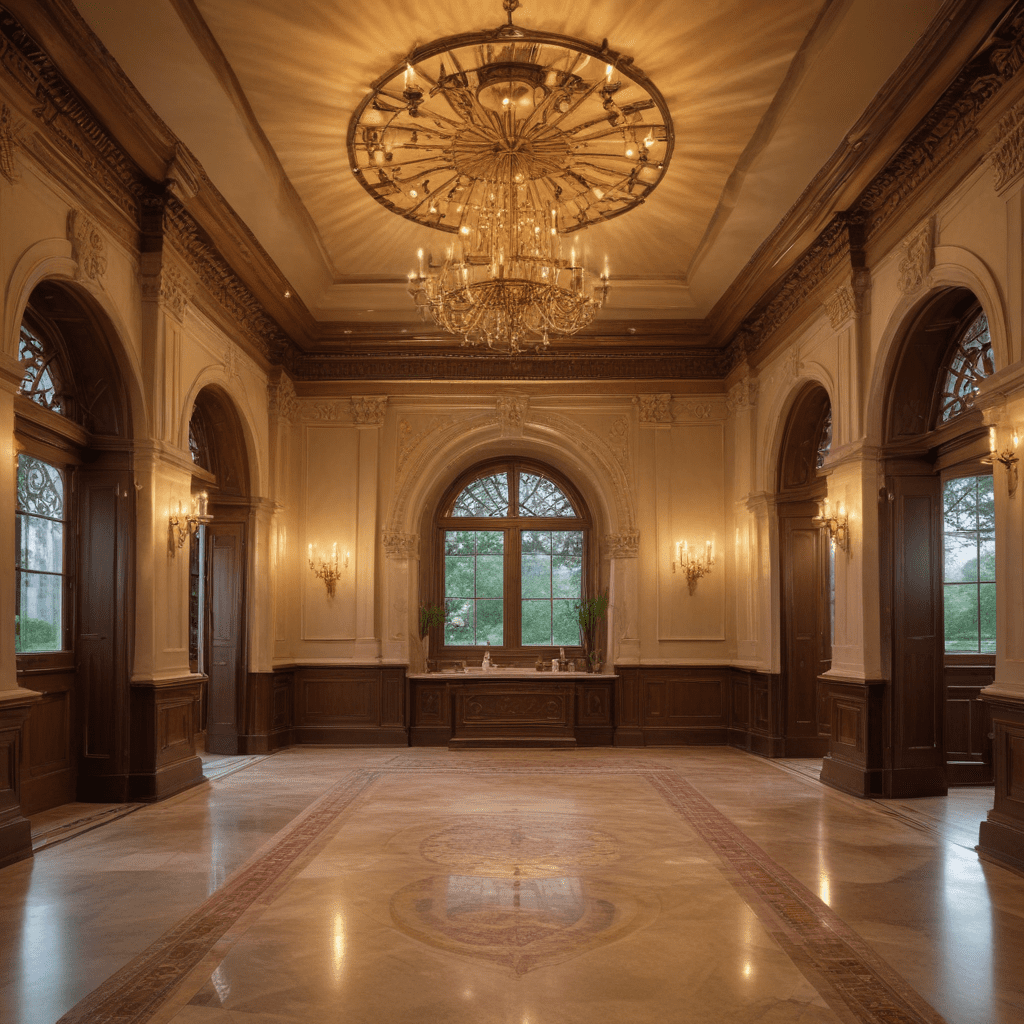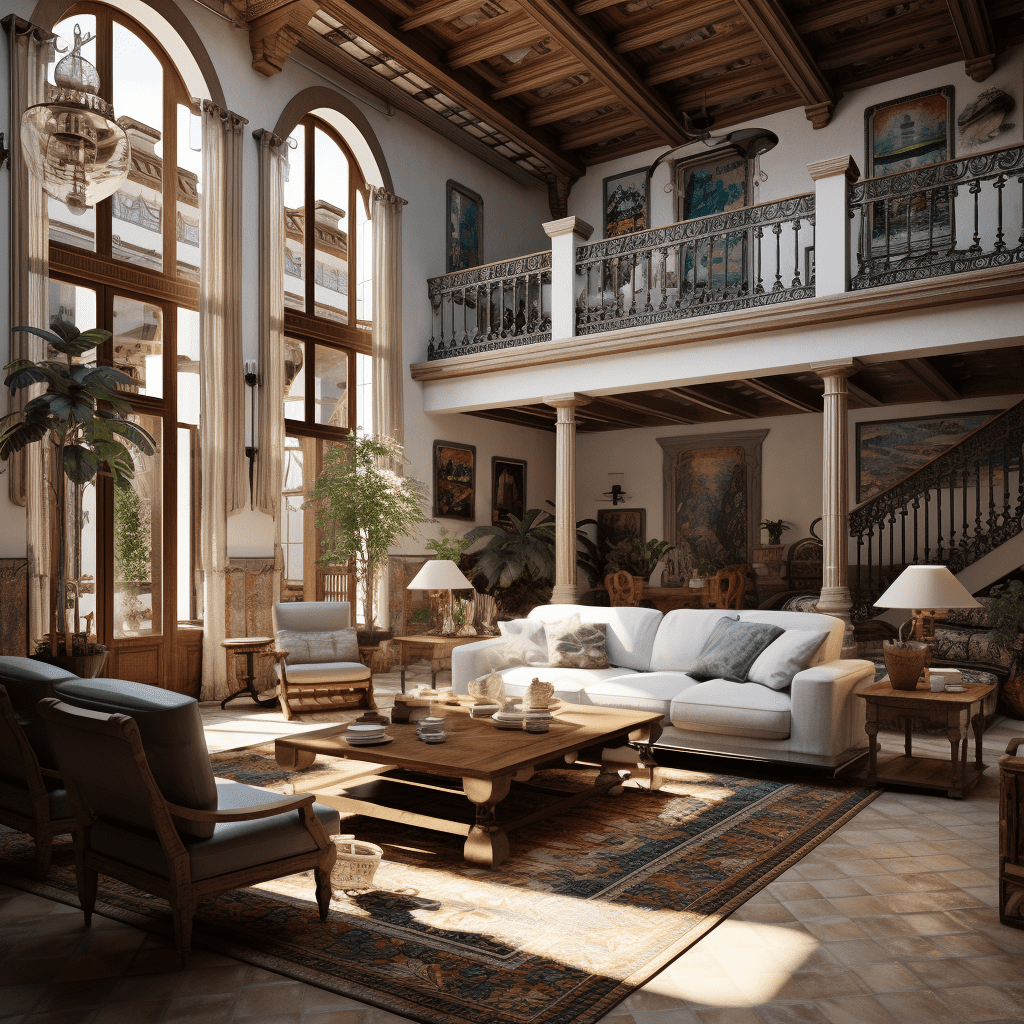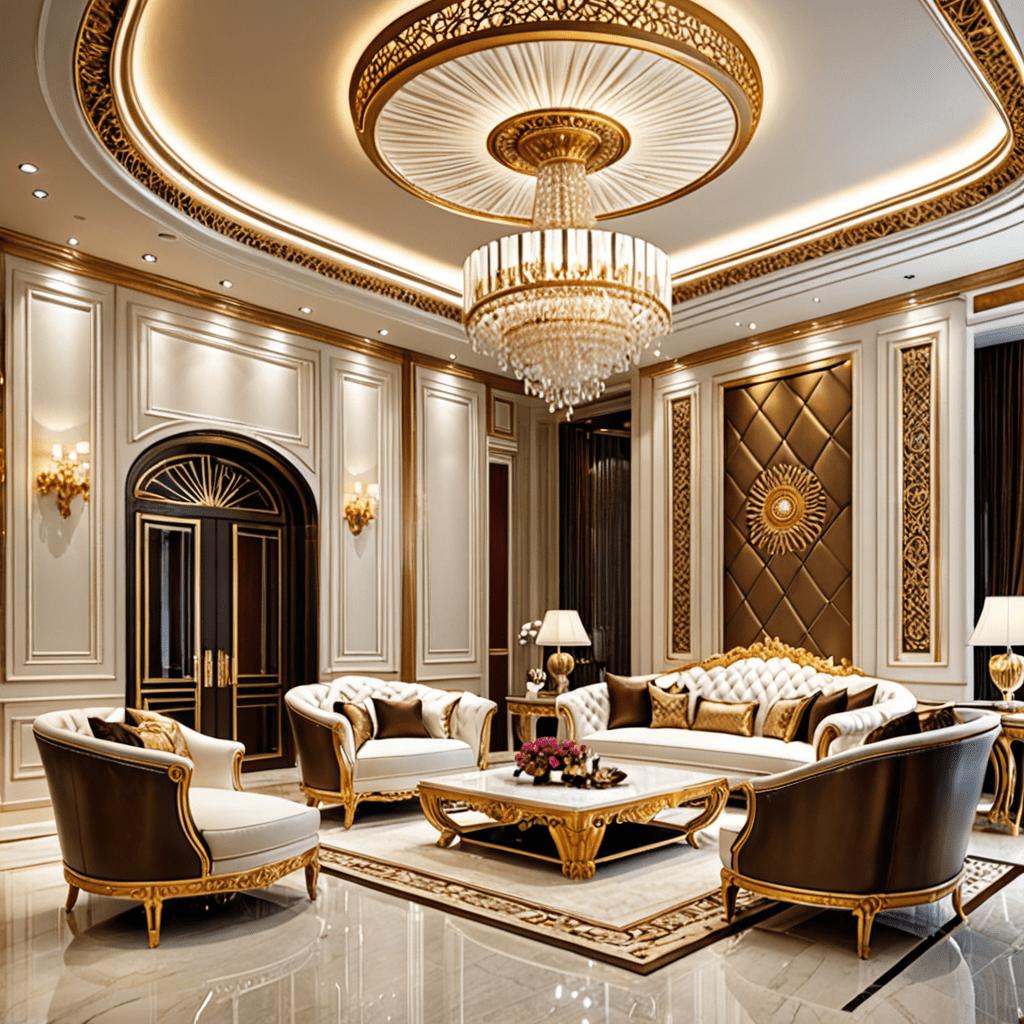Bauhaus Interior Design: History, Principles, and Best Practices
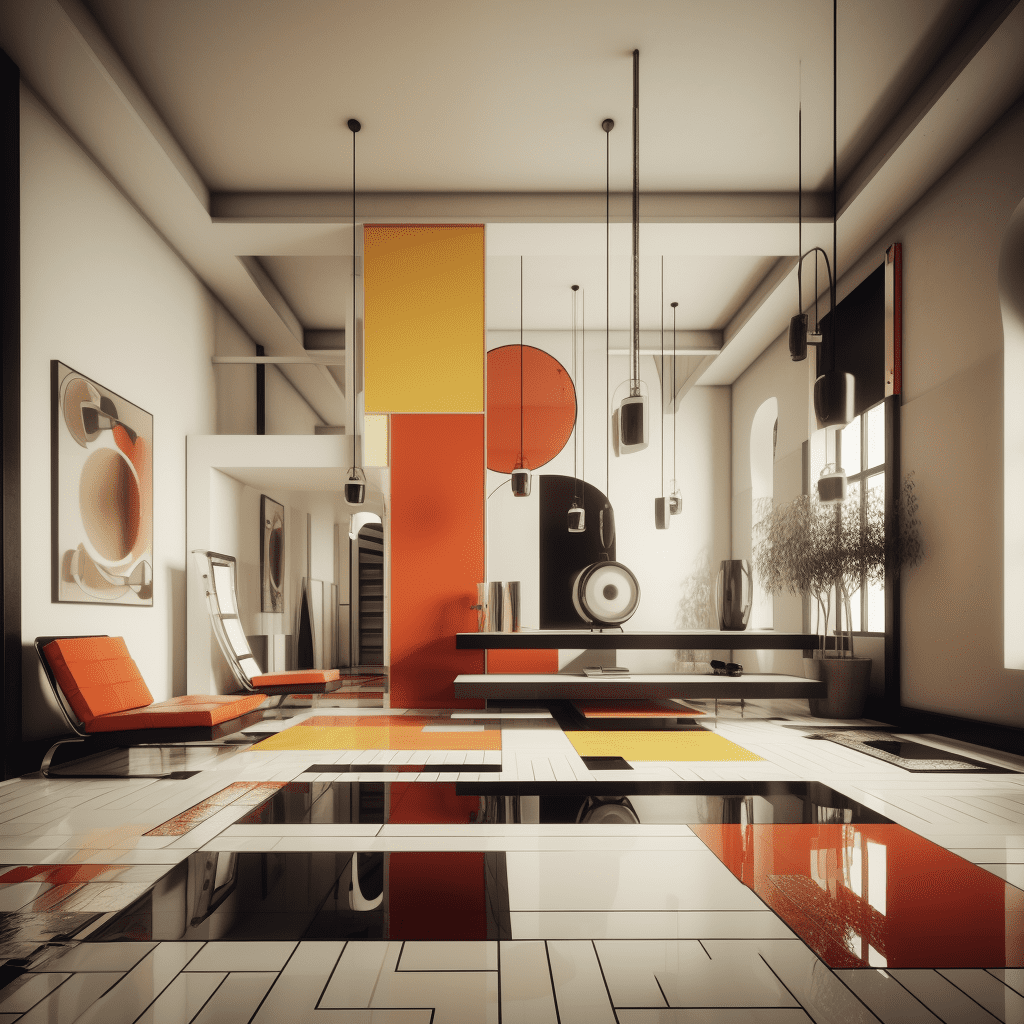

The Timeless Appeal of Bauhaus Interior Design
Bauhaus interior design, a movement that emerged in the early 20th century, continues to captivate and inspire homeowners and designers alike. With its emphasis on simplicity, functionality, and sleek aesthetics, Bauhaus design has stood the test of time. In this article, we will explore the key principles of Bauhaus interior design, its iconic elements, and how to incorporate this style into your own home. So, let’s dive in and discover the timeless appeal of Bauhaus!
Origins and Key Principles
Bauhaus was founded in 1919 by architect Walter Gropius in Weimar, Germany. The movement aimed to merge art, craft, and technology to create functional and affordable designs for modern living. The key principles of Bauhaus interior design include:
1. Form Follows Function
The Bauhaus movement believed that design should prioritize functionality over ornamentation. Minimalist and clean lines became the signature of Bauhaus interiors, with the idea that every object should serve a purpose.
2. Minimalist Color Palette
Bauhaus interior design often employs a simple and restrained color palette. Neutral shades such as white, black, and gray dominate, with occasional pops of bold primary colors like red, blue, and yellow for accents.
3. Use of Modern Materials
Bauhaus aimed to embrace the advancements of modern technology by incorporating new materials such as steel, glass, and concrete. These materials allowed for sleek and minimalistic designs, emphasizing the movement’s industrial influences.
4. Open Floor Plans
Bauhaus designs often feature open and flexible floor plans, eliminating unnecessary walls and barriers. This open concept creates a sense of spaciousness and allows for the flow of natural light, a key element in Bauhaus interior design.
5. Incorporation of Craftsmanship
While Bauhaus celebrated industrialization, it also emphasized the importance of craftsmanship. Handmade elements and traditional techniques were embraced to add warmth and character to the otherwise minimalist designs.
6. Integration of Art and Design
The Bauhaus movement sought to dissolve the boundaries between art and design. Artists and designers collaborated to create innovative and unique pieces that blurred the lines between functionality and artistic expression.
Iconic Elements of Bauhaus Interior Design
Bauhaus interior design is characterized by its iconic elements, instantly recognizable and synonymous with the movement. These elements include:
1. Tubular Steel Furniture
Bauhaus designers, such as Marcel Breuer and Ludwig Mies van der Rohe, were pioneers in utilizing tubular steel in furniture design. Chairs and tables with sleek frames and leather upholstery became hallmarks of the Bauhaus style.
2. Floating Staircases
Bauhaus architecture often featured floating staircases, visually light and open, adding a sculptural element to the interior design. These staircases became a symbol of the movement’s innovative and avant-garde approach.
3. Glass Curtain Walls
The use of glass curtain walls allowed for an abundance of natural light to flood Bauhaus spaces. This transparency created a seamless connection between the interior and the surrounding environment, blurring the boundaries between indoor and outdoor.
4. Geometric Shapes and Patterns
Bauhaus embraced geometric shapes and patterns, from simple squares and rectangles to more intricate designs. These clean lines and geometric forms added visual interest and created a sense of harmony and order in the space.
5. Bauhaus Typography
Bauhaus typography, with its emphasis on simplicity and legibility, revolutionized graphic design. Bold sans-serif typefaces and clean layouts became the standard, influencing the design of everything from signage to printed materials.
6. Functional Lighting
Bauhaus designers recognized the role of lighting in creating functional and aesthetic spaces. Sleek and innovative lighting fixtures were created to provide ample illumination while enhancing the overall design aesthetic.
Incorporating Bauhaus Interior Design in Your Home
If you’re inspired by the timeless appeal of Bauhaus interior design, here are some tips to incorporate this style into your own home:
- Embrace Minimalism: Keep the design clean and clutter-free, focusing on functionality and simplicity.
Stick to a Neutral Palette: Use a primarily neutral color palette, with occasional vibrant accents for pops of color.
Choose Sleek Furniture: Opt for furniture with clean lines, minimal ornamentation, and materials like steel and leather.
Play with Geometry: Incorporate geometric shapes and patterns through artwork, rugs, or wallpaper.
Emphasize Natural Light: Maximize natural light by using sheer curtains, skylights, and glass elements.
Showcase Artistic Pieces: Display artwork or sculptures that blur the lines between art and functional design.
FAQ
Q: Is Bauhaus interior design only suitable for modern homes?
A: While Bauhaus design principles emerged in the early 20th century, they can be adapted to complement various architectural styles and time periods. Bauhaus elements can work well in both modern and contemporary spaces, as well as in homes with a minimalist or industrial aesthetic.
Q: Can I mix Bauhaus design with other styles?
A: Yes, Bauhaus design is versatile and can be mixed with other styles. Combining Bauhaus with Scandinavian, mid-century modern, or even traditional elements can create a unique and personalized interior design.
Q: Can I incorporate colorful elements in Bauhaus interior design?
A: Absolutely! While the Bauhaus movement often featured a restrained color palette, adding vibrant accents in primary colors can create a striking visual impact. Just ensure that the colors harmonize with the overall design and don’t overpower the space.
Q: What are some budget-friendly ways to incorporate Bauhaus design?
A: You don’t need to break the bank to add Bauhaus elements to your home. Look for affordable pieces with clean lines and minimalistic designs, shop at vintage or second-hand stores for unique finds, and embrace DIY projects to personalize your space without spending a fortune.
Q: Can I incorporate soft textures in Bauhaus interior design?
A: Absolutely! While Bauhaus design often emphasizes clean lines and minimalism, incorporating soft textures such as plush rugs, velvet upholstery, or cozy throws can add warmth and tactile appeal to the space.
Q: Is Bauhaus interior design suitable for small spaces?
A: Yes, Bauhaus design can work well in small spaces. Its emphasis on functionality and open floor plans can help maximize usable space, and the clean lines and minimalistic approach can create an illusion of openness and light.
In conclusion, Bauhaus interior design offers a timeless appeal that continues to inspire and influence the world of home and interior design. By embracing its principles, incorporating iconic elements, and adapting them to your own personal style, you can create a space that reflects the simplicity, functionality, and artistic flair of the Bauhaus movement. So go ahead and embark on your journey to transform your home into a modern masterpiece!

